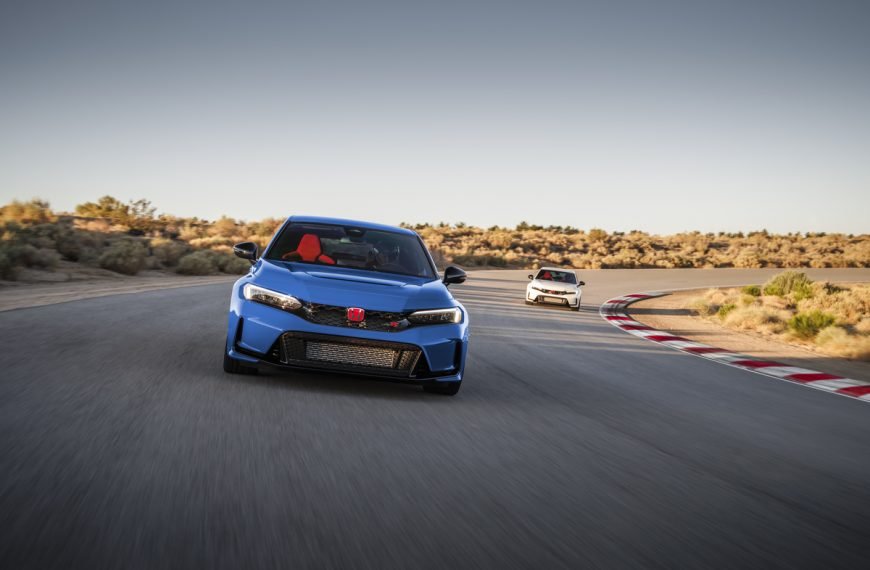The Resurgence of Type S: Speed & Comfort
No compromises
With the recently announced (and final production year) 2022 Acura NSX Type S, the luxury automaker has been pushing to make a statement for its Type S performance brand. But why now?
Although it’s clear that Acura has been a lacking in enthusiast offerings in recent history, the launch of the NSX in 2016 added some spice to their lineup and gave direction out of stale territory. The NSX is sleek and fast, but at a starting price of around $170,000, it isn’t necessarily attainable for most. But that’s what a halo car is, isn’t it? It sets the crown on the company’s peak engineering and design philosophy, meant to draw crowds to dealerships and sell more lower tier models. Kids and mature adults, like me, then obsess over said halo cars – tacking posters to walls and dreaming to own one someday. When the time comes to buy a car, the now-adult-kid looks to buy the more sensible Integra.
Everything seems to be going as planned [insert evil laugh], as Acura Brand Officer Jon Ikeda told MotorTrend just that: “Now it’s the right time to retire the halo and bring in the volume entry car. It’s time to return to Integra.”
A familiar road
So where does Type S come into play? Historically, the Type S nameplate has been the middle point between the standard model and Type R trim- adding sport upgrades without compromising the luxury and comfort that Acura is known for. The first Type S car was the 1997 NSX Type S, which featured several weight-reducing modifications such as aluminum BBS wheels and Recaro carbon-kevlar bucket seats, but still allowed for premium options like navigation and electric power steering. Although that car never made it to US shores, the notable RSX Type S did, and it brought over more power, bigger brakes, and other premium improvements over the base model.
Recent entries carrying the Type S name have been the 2021 TLX sedan and 2022 MDX SUV; but Ikeda further hinted to MotorTrend that more Type S was on the way. It seems that Acura hopes to bring Type S to as many models as possible, similar to the likes of BMW’s M-Performance and AMG for Mercedes. The Type S philosophy may have shifted to increasing power rather than reducing weight like the original NSX Type S did, but the Type R tier is ready to fill that more race-focused segment.
With the Integra using the Honda Civic platform, it’s all but confirmed that the Civic Type R’s parts will make it over to the Integra. Ikeda says he’s aware that people want an Integra Type S, and with the Integra filling the halo slot in Acura’s lineup, a Type R is likely in the works as well.
Whether they carry hybrid powertrains or go full electric in the future, Acura has its sights set on recapturing the magic of its past. A stale decade (or two) may have lessened Acura’s image in consumers’ eyes to nothing more than an uninspired brand, but with the resurgence of Type S and Type R, we’re excited to see what’s to come from the masters of Japanese precision automobiles.












